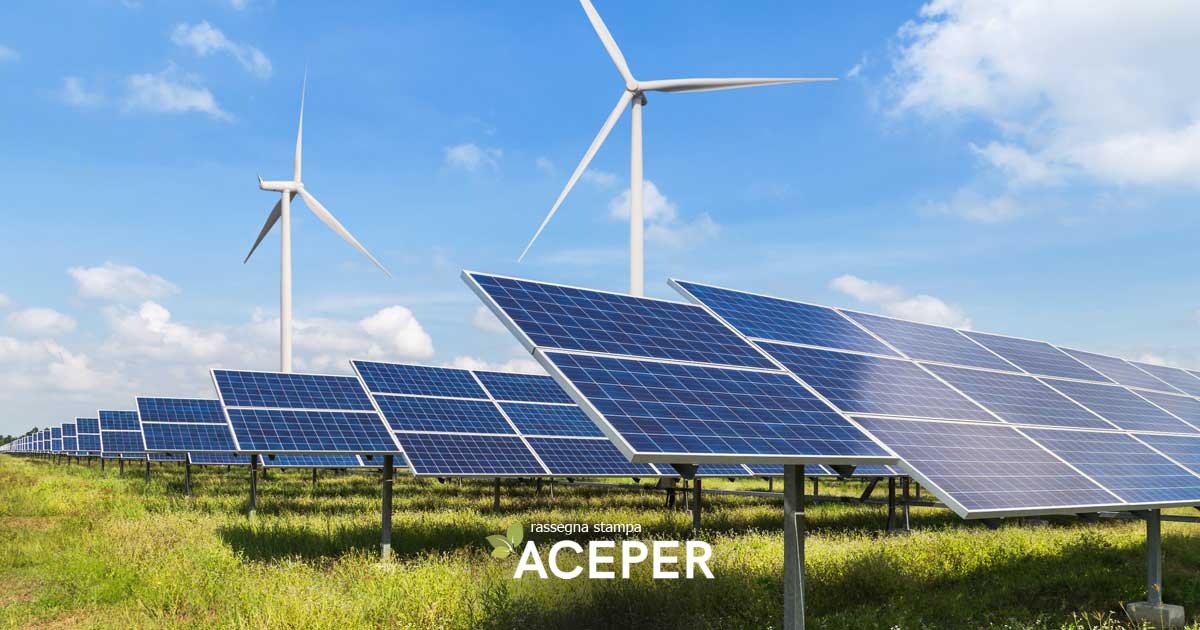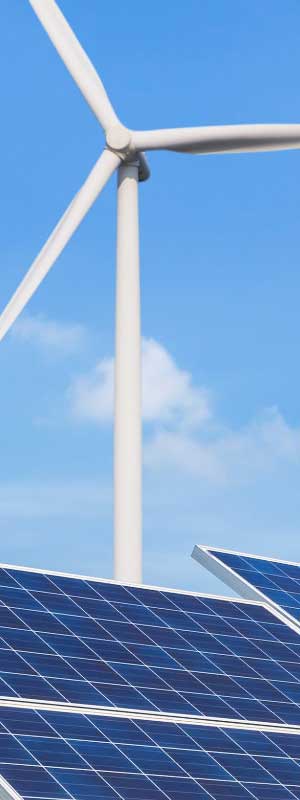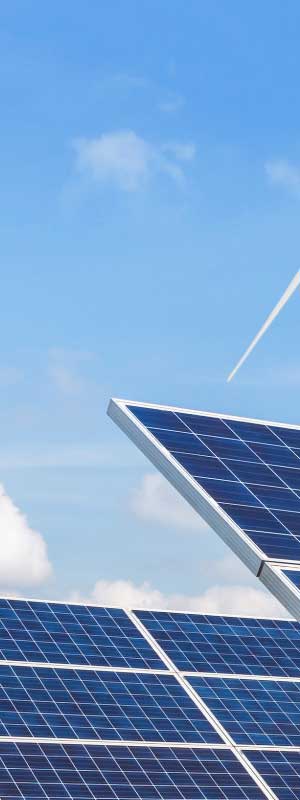25 January 2023

Record numbers for Italian solar, not seen since the Energy Account of 2013: +12,000 installations, totaling 1.6 GW.
In the first 9 months of 2022, Italian photovoltaics have reached record numbers: there are 12,000 new installations, totaling 1.6 GW, a level of activity not seen since 2013, during the last Energy Account period. This is revealed by the latest statistical Outlook from GSE (InFotovoltaico), which also states that as of September 30, there are 1,140,000 operating installations, up 12% from the end of 2021.
Just under half of these installations belong to the industrial sector (accounting for 51% of total installed capacity), followed by tertiary (20%), residential (18%), and agricultural (11%). 35% of the installations are ground-mounted (occupying 15,800 hectares of land), while 65% are on buildings, rooftops, and other structures.
This growth follows eight years of relative stability in the sector and spans across all installation size categories, regions, and major cities in the country. Among these, Piedmont is the region generating the most electricity from photovoltaics, followed by Lombardy and Veneto, as confirmed by the research from the Association of Renewable Energy Consumers and Producers (Aceper).
Lecce stands out among the provinces with a performance of 1,100 operational hours, averaging 4 hours per day.
However, there are specific challenges and issues faced by photovoltaic system owners and industry operators, as revealed by a study conducted by Raptech (https://www.raptech.it/), a company with over 15 years of experience in the renewable energy market, offering technology, IT support, monitoring systems, and asset management for installations.
Thanks to the digital transformation of energy, it is possible to enhance efficiency in managing photovoltaic assets. Asset management often involves repetitive tasks that, if automated, can lead to significant improvements in both time and quality of results. According to Raptech’s research, time spent on these tasks can be reduced by 80% to 95%. This increased efficiency also translates into almost complete elimination of cash flow imbalances due to issues with subsidy disbursement or energy sales.
For this reason, the company has long introduced the Remote Meter Reading to the market, a web-based tool based on their proprietary R-Cloud platform. This tool provides online access to all data, allows downloading in standard formats, performs daily readings of the load curve and all available registers via GSE modems, provides production values on a quarter-hourly basis, automatically compares data with Enel Distribution Portal, and ensures automatic control of GSE payments.
“The digitalization of energy — confirmed Marco Berliocchi, CEO and Co-founder of Raptech — is a significant step towards energy transition and an indispensable tool for increasing the efficiency of manufacturing companies.“
See here the article from Smartcityweb dated 18/01/2023
“Source Smartcityweb”

Press review
For informtion


